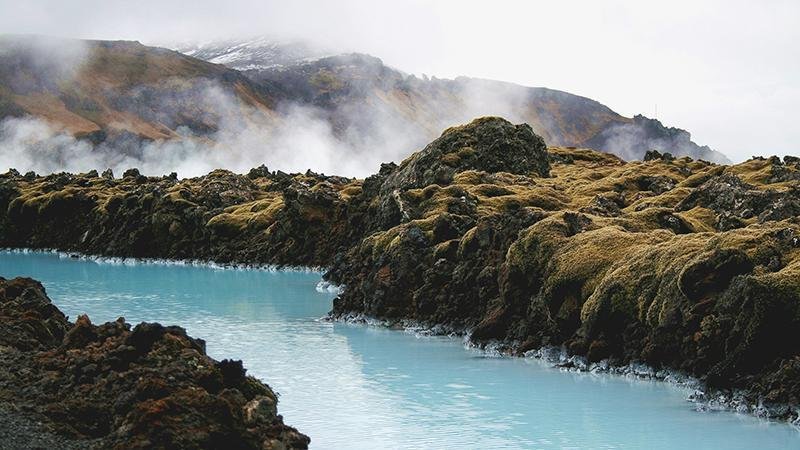Cruise lines are halting their scheduled visits to Iceland due to the introduction of a new infrastructure fee. Effective from January 2025, this fee amounts to 2,500 ISK (approximately $17), charged per passenger. The news has prompted concerns in the travel industry, particularly among local businesses that depend heavily on cruise tourism.
Impact of the New Fee on Cruise Tourism
The introduction of the infrastructure fee is part of Iceland’s strategy to enhance its tourism infrastructure. However, the abrupt decision has led to immediate cancellations from several major cruise lines. Companies traditionally flocking to this picturesque Nordic destination are reevaluating their itineraries, which could leave a considerable gap in Iceland’s tourism revenues.
Reasons for Cancellation
Cruise lines cite increased operational costs and the need to maintain profitability amidst rising expenses. With the additional fee, many operators have determined that including Iceland in their travel plans may no longer be financially viable. This decision raises broader implications for the Icelandic tourism sector, which exploits its reputation for stunning landscapes and vibrant culture.
Local Businesses at Risk
Local businesses, particularly those in dining, transportation, and retail sectors, are bracing for a downturn. Cruise passengers often bring significant spending power and their absence could pose challenges for many establishments dependent on this influx of tourists. In 2019, cruise passengers accounted for a significant portion of the tourism revenue, underscoring the stakes involved.
Iceland’s Strategic Choices
The Icelandic government has defended the new fee, stating that it will bolster infrastructure to support increased visitor numbers in the long run. This approach aims to ensure the sustainability of Iceland’s natural resources amid growing global interest in the region. Reports indicate that investments will go towards improving ports, enhancing transport systems, and preserving popular tourist sites that are vulnerable to wear and tear.
Future of Cruise Tourism in Iceland
As cruise lines navigate these changes, the future remains uncertain. The tourism landscape in Iceland is evolving, and stakeholders are eager to determine how this new fee will affect long-standing relationships with travel operators. The hope is that the investments fueled by the infrastructure fee will ultimately make Iceland a more appealing destination, encouraging cruise lines to reconsider their current operational strategies.
Alternative Destinations
Travelers who have planned cruises to Iceland in the coming years may need to explore alternative destinations, as they wait to see how the situation unfolds. Other northern European countries, such as Norway and Finland, might benefit as they remain attractive cruise options without the additional fees that Iceland has introduced.
Conclusion
In conclusion, the cancellation of cruise visits to Iceland due to the newly implemented infrastructure fee signals a pivotal moment for the country’s tourism sector. Stakeholders must adapt to the shifting realities while hoping that better-managed infrastructure will pave the way for a sustainable and prosperous future for Iceland’s travel industry. As the landscape of cruise tourism evolves, both local businesses and visitors alike will keenly watch how Iceland’s decisions shape the future of its tourism ecosystem.
For more updates, visit Visit Iceland to stay informed on travel plans and tourism developments in this beautiful destination.



